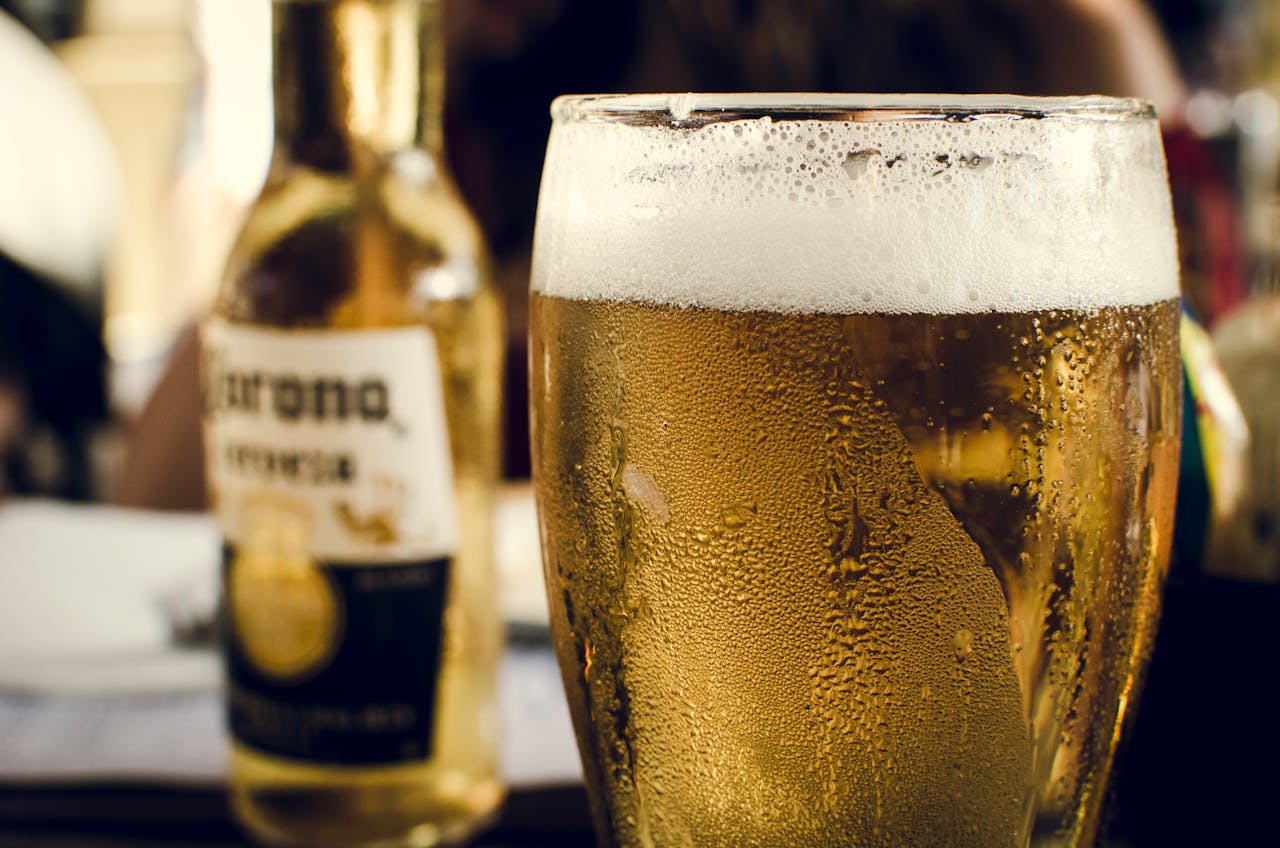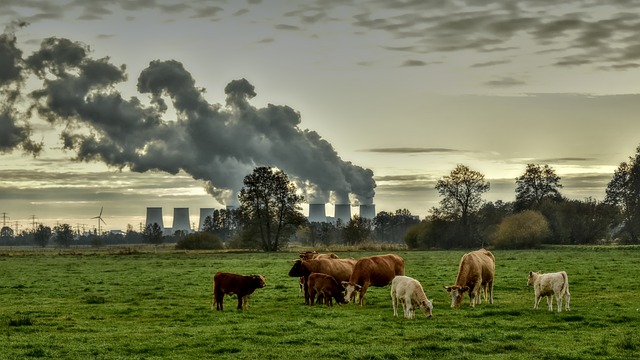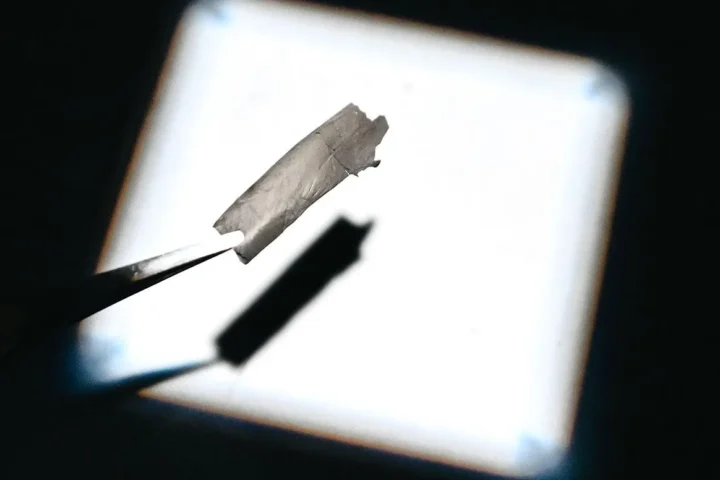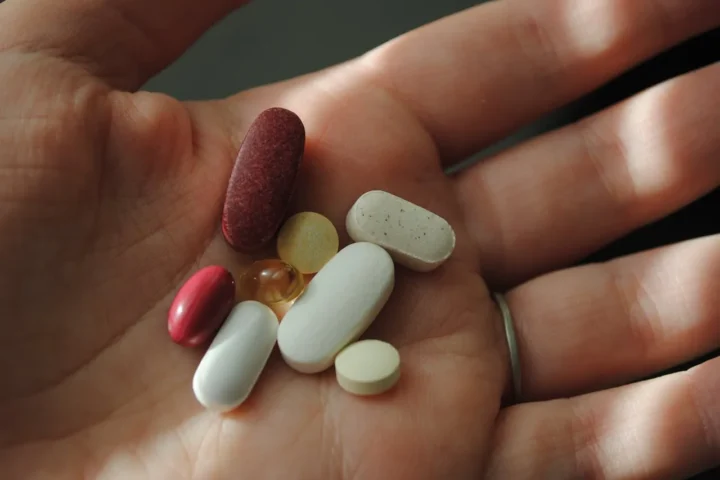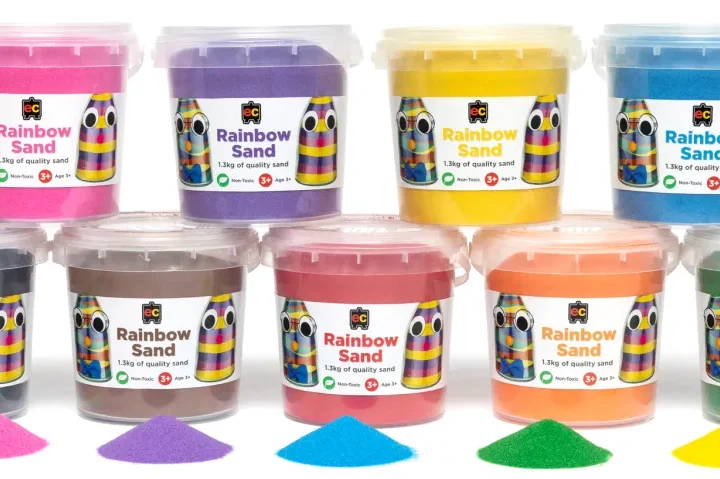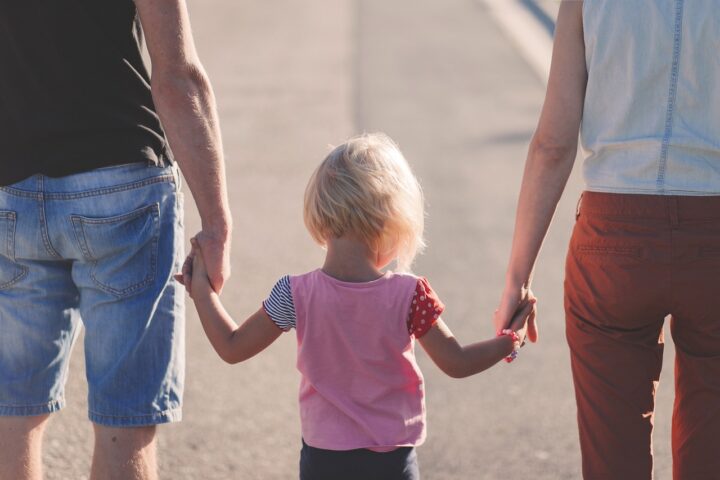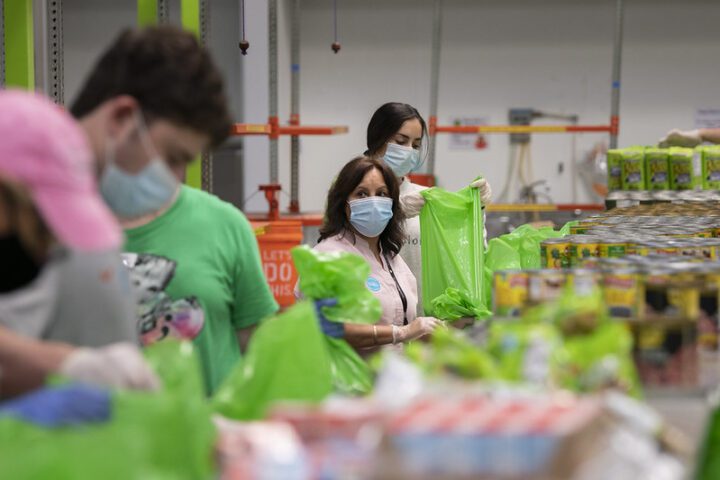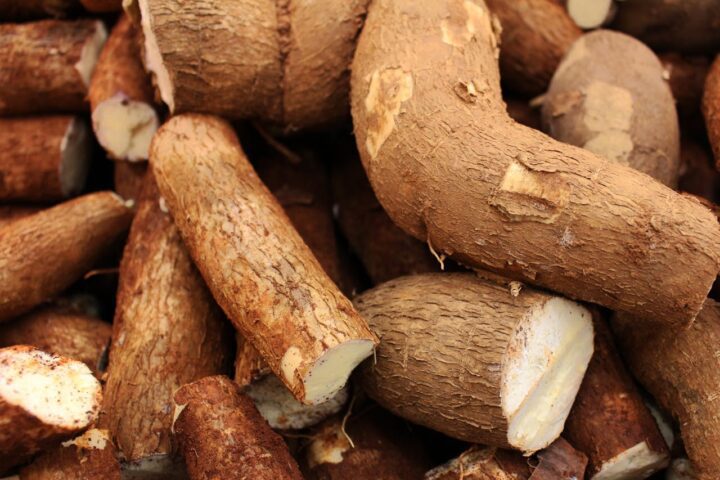A new health warning from one of America’s best doctors has revealed that even moderate drinking can increase your risk of acquiring cancer. U.S. Surgeon General Vivek Murthy is pushing for cancer warning labels on alcoholic beverages, highlighting a health risk many Americans don’t know about.
“Alcohol consumption has been identified as a risk factor for at least seven types of cancer, including breast, liver, colon, and esophageal cancers,” says Dr. Mary Beth Terry, PhD, Professor of Epidemiology and Environmental Sciences at Columbia University.
Alcohol causes about 100,000 new cancer cases and 20,000 cancer deaths annually in the United States. Alcohol-related traffic accidents kill about 13,500 Americans each year.
What You Need to Know About Alcohol and Cancer
Most Americans know smoking (89%) and obesity (53%) can cause cancer. However, only 45% realize alcohol is a cancer risk, according to the American Institute for Cancer Research.
Alcohol is directly linked to seven types of cancer:
- Breast cancer (in women)
- Colorectal cancer
- Mouth cancer
- Throat cancer
- Voice box cancer
- Esophageal cancer
- Liver cancer
For women who have less than one drink weekly, the lifetime risk of developing an alcohol-related cancer is about 17 in 100. This risk rises to 19 in 100 with one daily drink, and to nearly 22 in 100 with two daily drinks.
Men face lower but still significant risks. Those who drink less than once weekly have a 10 in 100 lifetime risk of alcohol-related cancers. This increases to about 11 in 100 with one daily drink and 13 in 100 with two daily drinks.
How Alcohol Causes Cancer
When your body breaks down alcohol, it creates a chemical called acetaldehyde that can damage DNA. This damage can trigger uncontrolled cell growth – the start of cancer. Alcohol also:
- Creates unstable molecules that interfere with DNA.
- Increases inflammation.
- Makes other carcinogens, such as those found in tobacco smoke, more easily absorbed when dissolved in alcohol.
- Can affect hormone levels, particularly estrogen, which may explain alcohol inducing breast cancer.
More Stories
What’s Considered “One Drink”?
A standard drink contains 14 grams of alcohol, equal to:
- 5 ounces of wine
- 12 ounces of beer
- 1.5 ounces of liquor
Protecting Yourself and Your Family
The World Health Organization classifies alcohol as a Group 1 carcinogen – the same category as tobacco and asbestos. While there’s no completely safe level of drinking, you can reduce your risk:
- If you don’t drink, don’t start.
- If you do drink, less is better.
- Women should have no more than one drink per day.
- Men should limit themselves to two drinks per day.
- People with family histories of cancer should be especially careful about alcohol use.
“Less is better when it comes to reducing cancer risk,” says Surgeon General Murthy. “The risk is significantly lower for someone who drinks one or two drinks a week than somebody who drinks one or two drinks a day.”
Studies show that cutting back on alcohol can reduce your risk of these specific cancers by 8% and overall cancer risk by 4%.
Looking Ahead
The surgeon general’s push for cancer warning labels on alcohol faces an uncertain future. It would require congressional approval, and the alcohol industry has questioned some of the scientific evidence.
However, the evidence linking alcohol to cancer has grown stronger over the past 50 years. As Dr. William Dahut, chief scientific officer at the American Cancer Society, emphasized the importance of people being aware of the solid scientific evidence linking alcohol to cancer.
